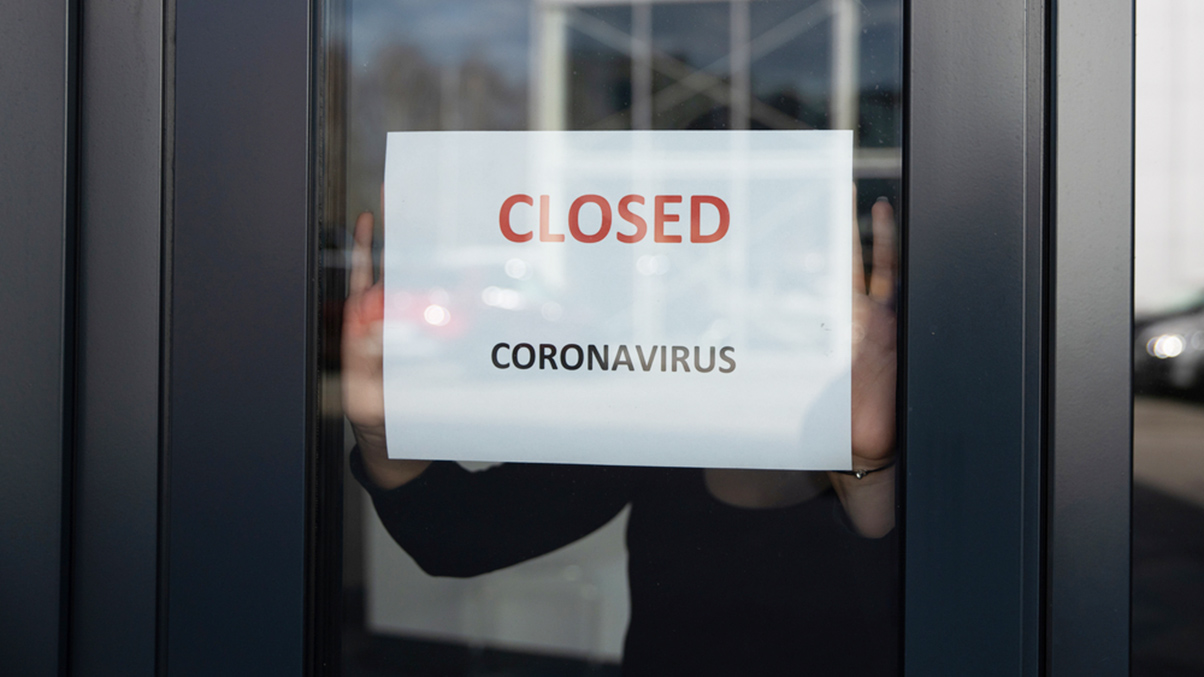The series of business interruption insurance-related disputes arising from the Covid-19 pandemic has considered various policy wordings.
In the recent judgment of Bellini (N/E) Ltd v Brit UW Limited [2024] EWCA Civ 435, the Court of Appeal confirmed there is no cover for losses where the policy wording requires “physical loss or damage”, even though the clause in question purported to cover business interruption arising from infectious disease.
Claudia Seeger reviews the outcome of the case, which acts as a helpful reminder of the principles the court will apply in interpreting policy wording and its wariness in correcting mistakes by construction.
Background
Bellini brought a claim for losses arising from the closure of its restaurant due to the Covid-19 pandemic. Bellini relied on the “murder, suicide or disease” extension to its policy. The extension, unlike those considered in various other Covid-19 cases, expressly required the business interruption to be the result of damage, thereby differentiating the extension from previously considered non-damage business interruption clauses. The extension provided:
“8.2.6 Murder, suicide or disease
We shall indemnify you in respect of interruption of or interference with the business caused by damage, as defined in clause 8.1, arising from:
- any human infectious or human contagious disease (excluding Acquired Immune Deficiency Syndrome (AIDS) or an AIDS related condition) an outbreak of which the local authority has stipulated shall be notified to them manifested by any person whilst in the premises or within a twenty five (25) mile radius of it;
[…]
The insurance for this clause shall only apply for the period beginning with the occurrence of the loss and ending not later than three (3) months thereafter during which the results of the business shall be effected in consequence of the damage.”
Damage was defined, notably not at clause 8.1, as:
“18.16.1 Damage
Damage means
18.16.1 physical loss, physical damage, physical destruction
[…]”
It was common ground between the parties that there had been no physical loss or damage to Bellini’s premises.
Preliminary issues trial
At a preliminary issues trial, the first instance court determined that on the ordinary meaning of the words, there was no cover under the extension in the absence of damage (as defined). The judge at first instance held there was no inconsistency or ambiguity in the wording: a reasonable SME such as Bellini would have read the wording and understood that damage was required for cover to be triggered.
Bellini had argued that the words “caused by damage” and “in consequence of the damage” should be disregarded as the plain meaning would “render [cover] illusory or pointless” and make a nonsense out of the policy. However, the judge at first instance found this argument was of limited weight, particularly as insurance contracts commonly contain repetition. Additionally, it was held that the fact that a notifiable disease off the premises was less likely to cause physical damage was not a sufficient justification for giving the word “damage” a different meaning.
Appeal
On appeal, Bellini departed from its original argument that “damage” meant “the effect of the peril”. Instead, Bellini submitted that the words “caused by damage, as defined by clause 8.1” should have been deleted, and the words “in consequence of the damage” should have read “in consequence of the insured perils set out above”. Bellini argued that this was the only way to make sense of the policy as, in its view, damage was not defined in 8.1.
The insurer disputed this interpretation of the policy, arguing that the entirety of clause 8.2 dealt exclusively with physical damage and that rewriting the policy to provide non-damage cover was impermissible.
Sir Geoffrey Vos, Master of the Rolls, upheld the first instance judge’s decision and determined that considering the policy in its entirety, the policy did not provide non-damage cover. Sir Geoffrey Vos held that Bellini had attempted to “push the boundaries” of the principles of the correction of mistakes by construction (as set out in more detail below). Sir Geoffrey Vos provided the following reasons for his decision, having considered the extension in its context:
- Clause 8.2 was what insurers called a “damage sandwich”: each of the extensions provided for loss as a result of physical damage. Additionally, while the ordinary interpretation of the “murder, suicide or disease” extension (ie the requirement for damage) may make less sense in the context of the Covid-19 pandemic, pandemics of such scale had not occurred, nor were they in reasonable prospect, at the time the cover was written.
- The reference to “damage, as defined in clause 8.1” was not an obvious mistake. The phrase was used in most other extensions in Clause 8.2 and did define “damage” by way of various provisos.
- The fact that the policy only provides limited additional business interruption cover does not make it absurd. Sir Geoffrey Vos agreed with the judge at first instance that insurance policies are subject to repetition, adding they are “sometimes clumsily drafted”. However, this does not in itself make the cover absurd to the extent the policy must be rewritten.
- Insurance policies placed before the Covid-19 pandemic must be interpreted as at the inception date. Policies cannot be interpreted through “the telescope of Covid-19”.
Notably, the court did not explain on what basis it considered the manifestation of disease at the premises or within a 25-mile radius was capable of causing physical damage.
Relevant principles for policyholders to consider
In coming to his decision, Sir Geoffrey Vos considered and applied the principles set out in East v Pantiles (Plant Hire) Ltd [1982] 2 EGLR 111. According to East v Pantiles, where there is a clear mistake in a policy, such mistake can be corrected by construction. However, this is subject to a number of conditions. Firstly, there must be a clear mistake on the face of the policy. Secondly, it must be clear what correction ought to be made to fix the mistake. Additionally, mistakes can only be corrected in “limited circumstances”, such as “obvious clerical blunders or grammatical mistakes”. Lord Justice Brightman summarised the principle as applying only where a reader with sufficient experience of the sort of document would inevitably identify a) the mistake made and b) the correction required.
The principles in East v Pantiles were considered in greater detail by Lord Hoffmann in Chartbrook Limited v Persimmon Homes Limited [2009] 1 AC 1101. Lord Hoffmann determined that in ascertaining whether there is a clear mistake, the background and context of the policy must always be taken into account. While the courts are hesitant to readily accept that people have made mistakes in formal documents, Lord Hoffmann stated there is no limit to the amount of correction the court is allowed to make where a mistake has been found.
In Bellini, Sir Geoffrey Vos found no clear mistake in the language used for the reasons set out above. Consequently, the principles of East v Pantiles did not apply.
As there was no clear mistake, Sir Geoffrey Vos did not consider what correction ought to be made. He did see some force in the argument that if it were clear something had gone badly wrong with the language the parties had used and if it were obvious that non-damage cover was intended by the parties to be provided, it would be harsh to deprive the insured of that intended cover because there was more than one way to give it effect. As such, he apparently indicated the potential for some flexibility in the second limb of the East v Pantiles test, ie, it must be clear what correction ought to be made to fix the mistake. However, in light of his conclusion that there was no mistake, he found that question would have to be considered in a case in which it arises.
Conclusion
The Court of Appeal’s decision will have been deeply disappointing for the policyholder, who perhaps understandably concluded they had purchased disease cover but who will now be forced to accept that the “murder, suicide or disease” clause provided no such cover.
This case is a reminder that the court is reluctant to readily accept that people have made mistakes in formal documents, particularly when it considers the terms are clear on their face. That remains the case even where the terms as drafted provide little or no commercial value.
Genuine mistakes can be corrected as a matter of construction, but such circumstances are limited, and the court is wary of correcting mistakes outside of obvious clerical blunders or grammatical mistakes. A bad or worthless bargain is to be distinguished from a mistake in drafting.
Finally, the case reminds policyholders and insurers alike that policies cannot be interpreted through the limited lens of Covid-19 when the terms were concluded before Covid-19 existed.
You can find further information regarding our expertise, experience and team on our Policyholder Disputes page. If you require assistance from our team, please contact us.
Subscribe – In order to receive our news straight to your inbox, subscribe here. Our newsletters are sent no more than once a month.






